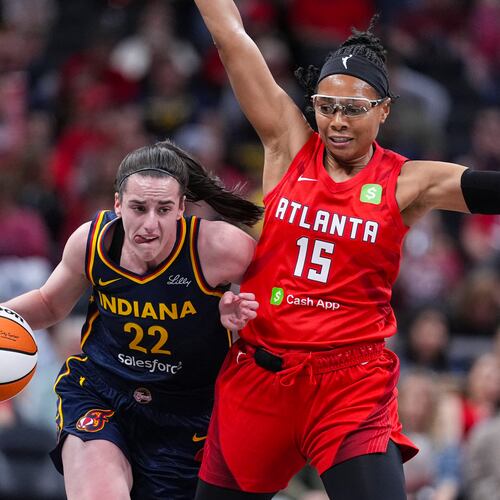Clemson coach Dabo Swinney doesn’t know exactly how a new NCAA classification for the largest, most powerful football teams would look. But he spoke about it with a certain degree of inevitability.
“I think what’s happened with Division I is the gap has just widened so much, it’s almost like at some point there’s going to be a natural break,” Swinney said. “So when that happens, I don’t know, but I wouldn’t be surprised somewhere down the road.”
To listen to Swinney’s commissioner, it might be sooner than later. At this week’s ACC media days in Greensboro, N.C., commissioner John Swofford told USA Today that changes within the NCAA could be implemented at its annual convention in January that could enable such a break. Swofford’s peers at the Big Ten, Big 12, Pac-12 and SEC struck similar tones urging significant change at their respective conference media days, giving the appearance of a planned effort to communicate their vision and intent about a new NCAA division or subdivision.
“The idea right now is to look and see if it would make sense to have another division that is workable within the NCAA umbrella,” Swofford said. “And if not, or if things just fell apart all around us, the other direction is a possibility, but that’s not where we are at this point.”
Among ACC coaches, Swinney was perhaps the most vocal in supporting such a move. Issues such as stipends for athletes have separated schools at the “power five” conferences — ACC, Big Ten, Big 12, Pac-12 and SEC — from their less-moneyed Division I cohorts. Like many coaches, Swinney is in favor of giving athletes stipends in addition to their scholarships. In 2011, NCAA passed legislation to provide a $2,000 stipend to cover cost-of-living expenses for athletes, but was suspended soon after because of considerable opposition from FCS schools and schools without football.
Swinney didn’t know if schools would have to meet a certain standard of stadium size or revenues or some other threshold, but regardless envisioned a model where those schools could be governed by their own set of rules.
“The five (conferences) can do a lot of things that a lot of schools can’t, yet (those school make) a lot of the decisions,” Swinney said.
Georgia Tech coach Paul Johnson saw the winds blowing in the same direction.
“I can see how it’s probably not that far-fetched, especially with the way things have gone lately,” he said of a possible super division.
Maryland coach Randy Edsall addressed another complaint among coaches and administrators, that college football requires more oversight than it receives from the NCAA. Edsall said that “everything with college football is run by the conference commissioners,” which doesn’t lend itself to impartial decision making.
“I just think there needs to be people who work on the college game year-round, and that’s their job,” Edsall said. “Because there’s issues that we have, from rules and regulations to what’s in the best interest of the game, not what’s in the best interest of your particular institution.”
Further, revenues in the form of contracts with cable networks have made the uneven playing field of FBS even more so. In last season’s Orange Bowl, Florida State faced Northern Illinois. According to USA Today data, FSU’s athletic expenses in 2012 were $90.3 million, 13th most in Division I. Northern Illinois’ were $23.9 million, 95th in Division I.
While the Seminoles dine at a training table and have a dietician on staff, a “training table doesn’t really exist at a mid-major,” said N.C. State coach Dave Doeren, hired from Northern Illinois last December. “You have a meal plan, and you try to do the best you can. … There’s a lot of things that you don’t have.”
Duke coach David Cutcliffe made the point that the decision on a subdivision may not ultimately rest with commissioners or school presidents.
“The power is in the money, and the money is in television,” he said. “You might get a little bit more of an insight into that from what our folks at networks and ESPN think about all this, what’s good for them. … You hear that all the time. I think that’s difficult to see happen. I’m not sure the fans across the country want it. I’m not sure that ESPN wants it.”
About the Author
Keep Reading
The Latest
Featured


